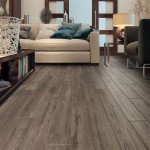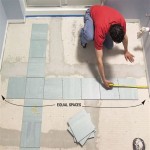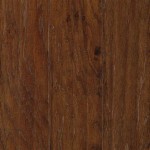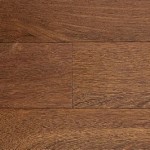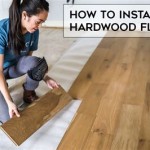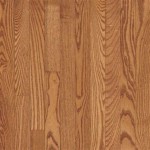Work Out Flooring: Essential Considerations for a Safe and Effective Exercise Space
Creating a safe and effective workout space is crucial for maximizing your fitness potential. One key element to consider is the flooring, as it significantly impacts your comfort, stability, and safety during exercise. Here are some essential aspects to keep in mind when selecting workout flooring:
Cushioning and Impact Absorption
A cushioned flooring is essential to minimize impact on your joints, muscles, and connective tissues. Hard surfaces can cause discomfort and increase the risk of injuries, especially during high-impact activities like running, jumping, or weightlifting. Opt for flooring materials that absorb shock and provide a comfortable surface to exercise on, such as rubber tiles or foam mats.
Non-Slip Surface
Safety is paramount when working out. A non-slip flooring surface is crucial to prevent falls and injuries, especially during exercises that involve sudden movements or quick changes in direction. Consider flooring materials with good traction and grip, such as rubber or textured surfaces. Ensure the flooring is clean and dry to minimize the risk of slipping.
Durability and Longevity
Workout flooring is subjected to repeated use and wear and tear. Choose durable materials that can withstand the rigors of your workouts and last for a long time. Rubber tiles, for instance, are known for their exceptional durability and longevity, making them a popular choice for gyms and fitness centers.
Easy Maintenance
Regular cleaning and maintenance are essential to keep your workout flooring in optimal condition. Select flooring materials that are easy to clean and disinfect. Avoid porous materials that can absorb fluids or dirt, as they may be difficult to keep sanitary. Choose flooring with a smooth or sealed surface that can be easily wiped down or mopped.
Versatility and Flexibility
Consider the different types of exercises you plan to perform in your workout space. Some flooring materials may be better suited for certain activities than others. For instance, thicker mats or foam tiles may be more suitable for exercises that require cushioning, while thinner rubber tiles may be ideal for weightlifting and cardio.
Additional Considerations
When selecting workout flooring, also consider the following factors:
- Thickness: The thickness of the flooring will affect its cushioning and impact absorption properties.
- Size and shape: Choose flooring tiles or mats that fit the dimensions of your workout space and easily cover the areas where you will be exercising.
- Style and aesthetics: While functionality is essential, it's also important to consider the aesthetic appeal of the flooring and how it complements your overall workout environment.
By carefully considering these essential aspects, you can select the ideal workout flooring that supports your fitness goals, ensures safety, and enhances your exercise experience.

Is Eva Foam Good For A Gym Floor What Are My Options

Home Gym Design Tips Benefits Of A Flooring

How To Choose Home Gym Flooring Garage

Powerstock Home Gym Floor Mats Abacus Surfaces

Home Gym Flooring Rubber Floor Tiles Roll For Gyms

Best Gym Floor Over Carpet For Home Staylock Tiles
Home Gym Flooring Workout Room Softtiles

Affordable And Durable 6mm Rubber Gym Flooring Tiles For High Energy Workouts

Cork Flooring Multitalented Enough As Gym Icork Floor

Best Home Gym Workout Room Flooring Options Sebring Design Build At
Related Posts

